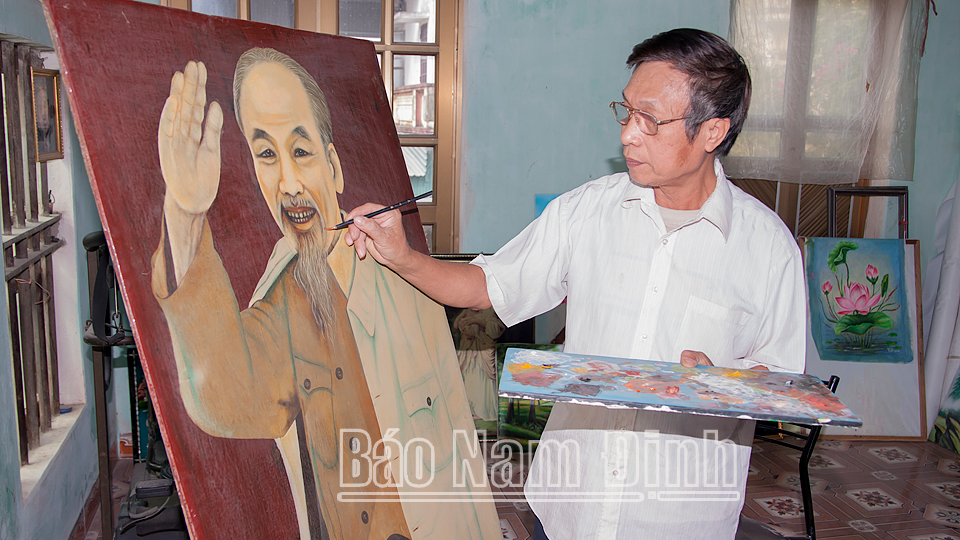 |
| Artisan Dinh Khac Tuyen from Cat Dang village, Yen Tien commune (Y Yen) next to a painting of Uncle Ho. |
The small house in the middle of Cat Dang village, Yen Tien commune (Y Yen) of artisan Dinh Khac Tuyen is strangely quiet, completely different from the noise of the surrounding workshops of worshiping objects and fine art objects. The first floor is a space to display the lacquer paintings that he is passionate about, the second floor is where he immerses himself in creating. At the age of 71, he still holds the brush firmly, his eyes still shine with passion as ever. Born in the cradle of Cat Dang craft village, from a young age Mr. Tuyen was familiar with the smell of paint, with the yellow of the marigold, the color of the cockroach's wings, with the sound of knives and grinding stones... Early on, he showed his talent for painting, guided by his brother, he began to paint his first paintings of countryside and mountain scenes. In 1971, he joined the army. In the army, he was assigned to draw slogans and propaganda panels. That was also how he continued to practice his craft. In 1977, after being discharged from the army, he returned to his hometown and officially joined the Cat Dang Lacquer Cooperative. During this period, he was professionally trained by lecturers from the Hanoi University of Fine Arts, thereby improving his skills and affirming his name. The peak of Cat Dang lacquer was in the years 1980-1988, when the cooperative had up to 500 members, 12 workshops, products sold throughout the country and exported. But then the mechanism changed, the cooperative dissolved, Mr. Tuyen returned home, focused on creating, keeping the spirit of the traditional craft. Lacquer painting is not easy. From choosing raw materials such as lacquer, tung oil, resin, to making the core from wood, bamboo, rattan... each stage requires meticulousness and meticulousness. Making the frame goes through a series of steps: bundling, hom, lining, testing, holding, laminating, covering - after each layer, it must be smoothed. Then comes the decoration stage: sketching the layout, gluing mother-of-pearl and eggshells, sprinkling gold and silver, drawing lines, coating paint, polishing... Mr. Tuyen is one of the very few artisans today who still personally carry out all of these stages. His lacquer paintings are not only works of art, but also imbued with the soul of Vietnamese folklore. From paintings of the four sacred animals, the four noble animals to landscapes of the homeland, historical relics... especially portraits of Uncle Ho and General Vo Nguyen Giap are expressed with delicate and sharp strokes. Artisan Dinh Khac Tuyen shared: "To make a four noble animals lacquer painting, it takes at least a month to complete. Currently in the village, the number of people with enough skills to draw beautiful lines is decreasing. In addition to being skillful, the painter must also be meticulous and creative to produce a perfect work". Although the profession is no longer as prosperous as before, Mr. Tuyen still perseveres, working diligently every day by the painting frame, both creating and wholeheartedly instructing the younger generation. Because for him, keeping the profession is not just keeping a technique, but keeping a part of the soul of his homeland.
If Cat Dang is famous for its lacquer paintings, Rach village, Hong Quang commune (Nam Truc) is famous throughout the region for its water puppetry. This art has existed for hundreds of years and is the pride of the people here. In the midst of this traditional craft village, Mr. Phan Van Trien (48 years old) is one of the few people who are still devoted to the work of making water puppets. As a child, every time the village had a puppet troupe perform, he was so engrossed in watching that he forgot the time to go home. Growing up, that love took root without him realizing it. From learning to chisel, paint to tinkering with the control machine, he experienced and perfected all the techniques himself. After more than twenty years of dedication, his workshop now regularly produces about 200 puppets each month, serving puppet troupes across the country. Each puppet is a character, a play. Some are Mr. Trang, some are Tien, some are farmers, buffaloes, chickens... so vivid that they seem to come out of village life. To make a puppet, it must go through dozens of stages: from choosing wood (usually fig or jackfruit wood), carving to shape, polishing, drying, coating with waterproof paint, drawing patterns, gilding with silver and gold, then assembling the controller with strings, rods, poles... Many puppets must be hollowed out inside to be light and easy to control on the water surface. Each stroke, each detail reflects the character's personality: female puppets have oval faces, male puppets have square faces, black teeth, brown shirts, turbans... Mr. Trien shared: "Making puppets is breathing life into each character. Looking at the puppets, you can immediately tell who they are and what role they are playing. The craftsman must have a folk sense and understand culture to be able to do it." Not only does he create, he also performs and teaches it to the children in the village. To him, each puppet is a "brainchild", a way to preserve memories and preserve traditional beauty. Now, when water puppetry is gradually becoming a tourist product, Mr. Trien and his fellow artisans in the village also create mini puppets as souvenirs. Together with private puppet troupes, he contributes to bringing the art of water puppetry closer to domestic and foreign tourists.
From Cat Dang lacquer paintings to Rach village water puppets, each craftsman and each product contributes to preserving the colorful memories of Vietnamese folk culture. And in Nam Dinh city, there is still a quiet artisan, silently attached to a craft that seems to have gradually fallen into oblivion - the craft of making papier-mâché masks. At the age of 81, artisan Le Van Hai, Quang Trung ward (Nam Dinh city) is still working hard with paper, glue, paint and bamboo frames to create traditional products such as Ong Dia masks, Uncle Teu masks, lion heads and lion heads. Having been passionate about fine arts since childhood, he passed the entrance exam to the Vietnam College of Fine Arts, but put down his pen to join the army. After the war, he returned to his hometown, worked as a worker, and then tried to restore the papier-mâché craft. The craft of making papier-mâché masks and lion heads seems simple, but it requires meticulousness and a high level of creativity. From creating molds, papier-mâché to decoration, each step requires skill and precision. A papier-mâché mask has three layers: lining, cover and decorative outer layer. The glue he uses is also a special formula from tapioca starch and tree resin, making the paper flexible, durable and termite-proof. Each mask - from Ông Địa, Chu Tễu, Thị Nở to tigers, horses, eagles... is hand-painted, sharp and vivid. For him, no two masks are exactly the same, because each product has a unique mood and soul. Each layer of color, each stroke is the crystallization of decades of experience and love for the profession. Not stopping at masks, he also makes lion heads and dragon heads from bamboo frames and papier-mâché. The frames are elaborately curved, glued with many layers, and then painted with motifs in the traditional Vietnamese style. His lion heads have a gentle, pure Vietnamese look, different from foreign lion heads that are fierce and sharp. Now, handmade products appear during the traditional Mid-Autumn Festival and become souvenirs that tourists bring with them to all regions. For artisan Le Van Hai, making each mask and lion head is not simply for sale, but also a way for him to contribute to preserving a cultural beauty that is gradually fading away. Many international delegations have come to his house to watch the papier-mâché mask making process, which he has given detailed instructions on. Mr. Hai's greatest joy now is that his children and grandchildren are all taught and have mastered the production and crafting processes of papier-mâché products; from there, the profession will have a foothold and lasting vitality in the future.
Although each pursues a different profession, artisans Dinh Khac Tuyen, Phan Van Trien and Le Van Hai all share a lasting love for their traditional craft. They quietly preserve the cultural values that their ancestors left behind, preserving the craft not only with their hands, but also with their passion and faith. Thanks to that, the old values are still maintained, and the next generation has more opportunities to understand, appreciate and be proud of the quintessence of their homeland.
Article and photos: Viet Du
Source: https://baonamdinh.vn/van-hoa-nghe-thuat/202505/nhung-nghe-nhan-giu-nghe-xua-1e55c1f/







![[Photo] T&T 1 and Ho Chi Minh City 1 People's Police Teams won the men's and women's team championships](https://vphoto.vietnam.vn/thumb/1200x675/vietnam/resource/IMAGE/2025/5/22/39db06ae67cb4001b7a556e8d9a56d07)


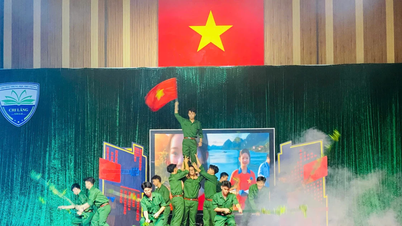



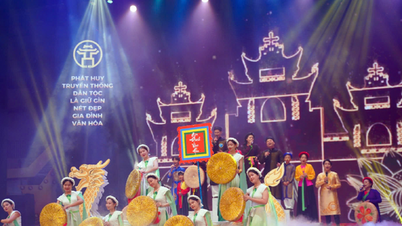










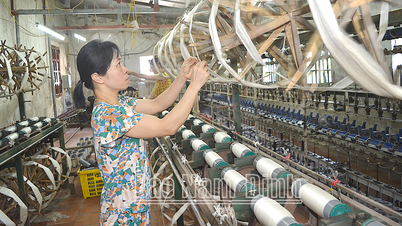
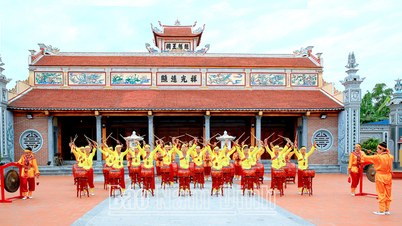
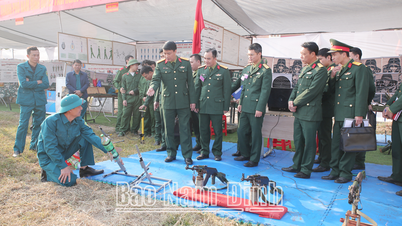

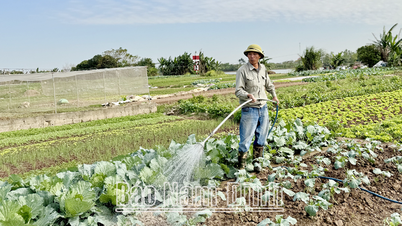








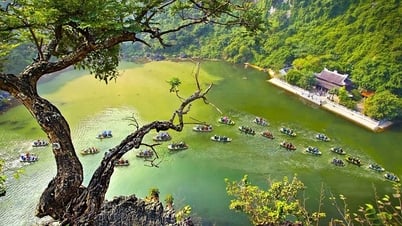

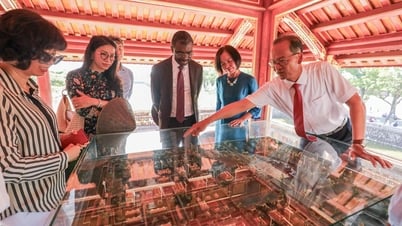








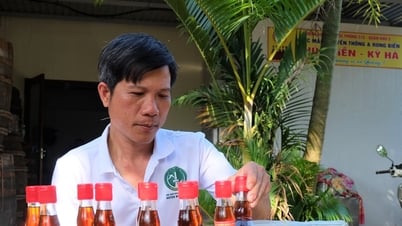

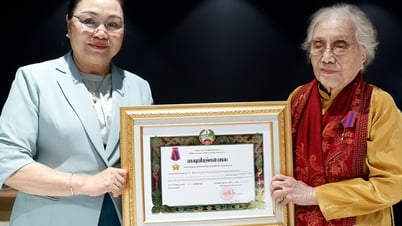


















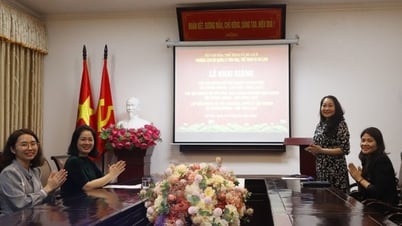


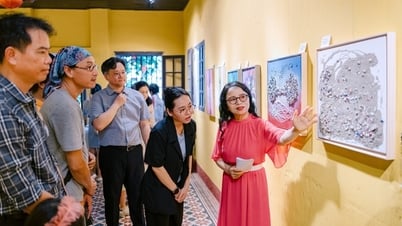


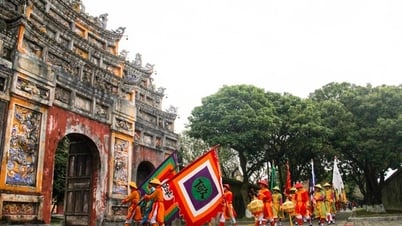
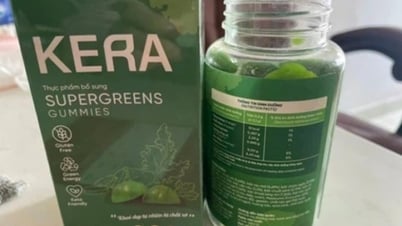

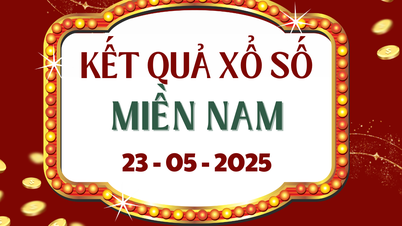


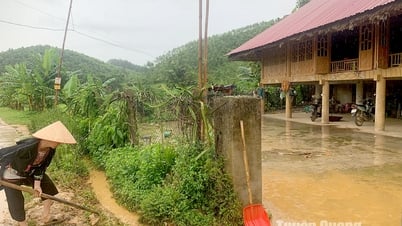











![[Podcast] Week introducing more than 500 OCOP products in Hanoi](https://vphoto.vietnam.vn/thumb/402x226/vietnam/resource/IMAGE/2025/5/22/d144aac2416744718388dbae3260e7fd)
Comment (0)